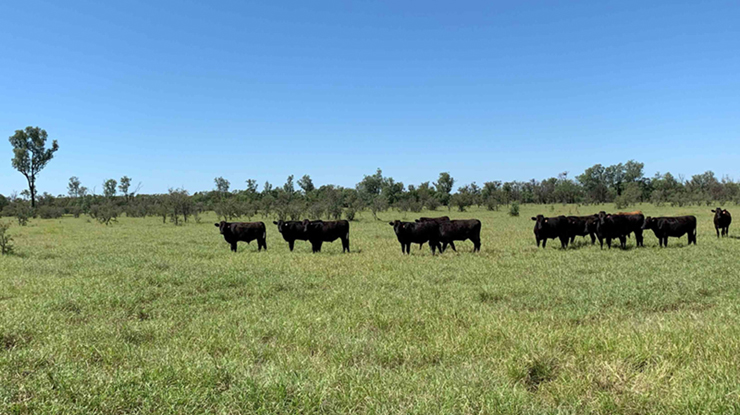The Australian Health Protection Principal Committee (AHPPC) recognises the critical importance of concerted, coordinated and continued public health actions to protect the health of Australians – particularly young people – from the harms of vaping and nicotine addiction.
We welcome vaping reforms being delivered in partnership between the Commonwealth, state and territory governments, including bans on the import of disposable single use and non-therapeutic vapes and strengthened regulation of manufacture, advertising and supply.
The action being taken by Australian governments to improve education, awareness and support to Australians to help combat the growing rate of nicotine addiction, particularly in our youth, is vital.
Alongside other health expert groups, including the Royal Australian College of General Practitioners (RACGP), the Public Health Association of Australia, Cancer Councils, the Australian Medical Association (AMA), and many of Australia’s public health experts, AHPPC stresses the importance of national consistency to protect the health of our children and youth, using a range of approaches, including legislative levers.
We remain very concerned about the widespread human health harms of the e-cigarette epidemic. high school students has vaped in the last month, rising from one in 25 in 2017. More than aged between 18 and 24 are currently vaping, compared to one in 20 in 2019. This represents significant and concerning growth, influenced by easy availability and access, as well as prolific marketing to young people normalising e-cigarette use. The are significant. Discarded plastic pods cannot be recycled due to nicotine content. Discarded pods can also leak, creating .
Despite existing controls, many e-cigarettes contain high concentrations of nicotine even when specifically labelled as ‘zero nicotine’. We know that . More than half of the growing number of have been in infants, toddlers and children. Exposure to nicotine during adolescence can – which continues to develop until about age 25. Occasional e-cigarette use can lead to addictive and dependant patterns of continued use and lead to smoking tobacco cigarettes. Never smokers who have vaped are than those who have never vaped.
E-cigarette use can also result in exposure to toxins and, in some cases, serious burns and injuries. E-cigarettes can contain more than , including many dangerous substances and cancer-causing agents.
While evidence is evolving, there are several , including immediate inhalation toxicity (including seizures), e‑cigarette or vaping product use associated lung injury (EVALI), and increased blood pressure and heart rate. Studies have highlighted concerns regarding increased likelihood of cardiovascular and respiratory disease, and oral and dental health problems.
The public health risks associated with proliferation of e-cigarette use amongst young people, and the threat posed to Australia’s achievements in tobacco control, must be balanced against the use of e-cigarettes as a therapeutic aid to quit smoking. While e-cigarettes are not proven safe and effective for smoking cessation, we note that short-term e-cigarette use under medical supervision if they are unable to quit smoking and have been previously unsuccessful with other evidence-based smoking cessation aids. AHPPC agrees that use of e-cigarettes for smoking cessation should only occur with appropriate clinical oversight and behavioural support.
Australian governments have a solid track record in collaboratively tackling public health crises, from HIV/AIDS to tobacco. We know that success requires multiple simultaneous actions including regulation of products, restricting harmful marketing practices, boosting education and health promotion, increasing health system supports, and ongoing research.
We are at a pivotal moment in the response to vaping. Tackling this public health crisis requires a collective, concerted, and bold response to prevent current and future generations developing nicotine-addiction.








